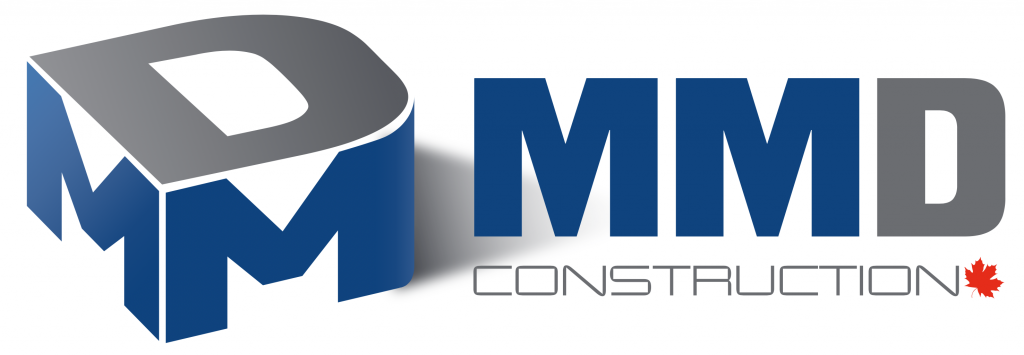Workplace environments shape employee morale, productivity, and company culture more than management presentations ever could. Office refurbishment contractors rebuild tired spaces into dynamic hubs where creativity flows and collaboration thrives naturally. Like stage crews transforming theater sets between acts, skilled teams reimagine interiors that tell new corporate stories.
The Science Behind Workspace Transformation
Stale offices drain energy from workers who spend most waking hours inside uninspiring cubicles and fluorescent caves. Office refurbishment contractors understand that refreshing existing spaces revitalizes businesses without moving locations or building new structures. Several studies claim that healthy office renovation can boost productivity levels and improve company image among clients and potential recruits.
Strategic Planning as Foundation
Needs Assessment Process
Professional teams survey current layouts identifying pain points that hamper workflow and communication between departments. They interview staff discovering how people actually use spaces versus how management assumes work happens. This research prevents expensive mistakes where beautiful designs fail because they ignore practical realities.
Budget Reality Mapping
Contractors provide detailed cost breakdowns showing where money goes during various renovation phases. They explain trade-offs between finishes, furniture, and systems helping clients maximize value within financial constraints. Transparent pricing prevents surprise expenses that derail projects midway through construction timelines.
Timeline Coordination
Experienced firms sequence work minimizing business disruption during active renovation periods requiring partial closures. They coordinate with IT teams, furniture vendors, and building management ensuring smooth transitions between phases. Realistic schedules account for material lead times and unexpected complications that inevitably arise.
Design Trends That Improve Function
Open Concept Collaboration
Removing walls between departments encourages spontaneous conversations that spark innovation and problem-solving naturally. Flexible furniture arrangements adapt to changing team sizes and project needs throughout business cycles. Balance matters – private focus rooms complement open areas preventing constant distraction.
Biophilic Elements
Natural light, organic materials, and greenery play pivotal roles in creating serene workspace retreats that reduce stress. Living walls and abundant plants improve air quality while connecting indoor workers with nature’s calming influence. These elements combat urban office syndrome where sterile environments drain human vitality.
Activity-Based Zones
Modern offices include varied spaces supporting different work modes from deep focus to casual brainstorming sessions. Quiet libraries, standing desks, lounge seating, and formal conference rooms give workers choice about where tasks happen. Autonomy over environment boosts satisfaction and output measurably.
Technical Infrastructure Updates
Smart Building Systems
Integrated controls manage lighting, temperature, and security through centralized platforms reducing energy waste significantly. Sensors adjust conditions based on occupancy patterns rather than fixed schedules that cool empty floors wastefully. Technology investment pays back through lower utility bills and improved comfort simultaneously.
Connectivity Requirements
Modern work demands robust internet, adequate power outlets, and wireless charging stations throughout facilities. Contractors coordinate with IT specialists ensuring network infrastructure supports current needs while accommodating future growth. Poor connectivity cripples productivity regardless of beautiful finishes and furniture quality.
HVAC Optimization
Proper ventilation and climate control protect employee health while managing operational costs effectively over building lifespans. Upgraded systems filter air better removing pollutants and allergens that cause sick building syndrome. Comfortable temperatures keep workers focused rather than distracted by physical discomfort.
Furniture Selection Strategy
Ergonomic Seating
Quality chairs supporting proper posture reduce back pain and repetitive strain injuries costing companies through lost workdays. Adjustable features accommodate different body types ensuring everyone works comfortably regardless of physical differences. Furniture investment demonstrates care for employee wellbeing beyond token gestures.
Flexible Work Surfaces
Height-adjustable desks let workers alternate between sitting and standing combating sedentary health risks. Modular tables reconfigure easily for different group sizes and meeting formats. Adaptable furniture extends useful life as companies grow and work styles evolve.
Acoustic Management Solutions
Sound Absorption Materials
Ceiling panels, wall treatments, and carpeting reduce noise levels that distract workers in open environments. Strategic placement of absorbent surfaces prevents sound reflection that amplifies conversations into disruptive echoes. Quieter spaces allow concentration without requiring closed doors that isolate teams.
Privacy Pods
Small enclosed rooms provide refuge for phone calls and focused work requiring silence and discretion. These additions address open plan downsides without reverting to fully walled private offices. Balance between openness and privacy satisfies diverse working style preferences.
Sustainability Considerations
Material Choices
Low-emission paints, recycled content furniture, and sustainable woods reduce environmental impact while improving indoor air quality. Clients increasingly demand green certifications demonstrating corporate environmental responsibility to stakeholders. Eco-friendly choices often perform better and last longer than cheaper conventional alternatives.
Energy Efficiency
LED lighting, efficient HVAC systems, and smart controls slash energy consumption reducing both costs and carbon footprints. Sustainable design represents smart business beyond public relations value through tangible operational savings. Forward-thinking companies invest in efficiency knowing payback periods justify initial spending.
Project Management Excellence
Site Supervision
Daily contractor presence ensures work proceeds according to plans maintaining quality standards throughout construction phases. Problems get addressed immediately preventing compounding errors that become expensive to correct later. Active management keeps projects on schedule and within approved budgets.
Vendor Coordination
General contractors orchestrate multiple trades including electricians, plumbers, and finish carpenters working together efficiently. This coordination prevents conflicts where different teams interfere with each other causing delays and rework. Single-point accountability simplifies client oversight during complex renovation processes.
Your office deserves transformation into a space where employees thrive and business goals become achievable realities. Expert refurbishment teams turn renovation visions into functional workplaces supporting success for years ahead.





